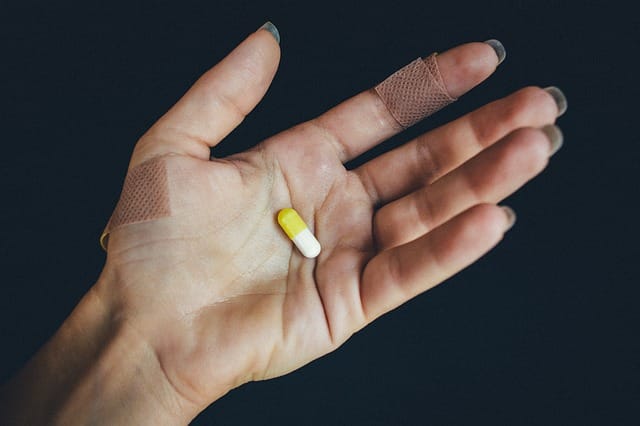Effective Management Techniques for Incontinence: From Medications to Lifestyle Changes
Incontinence, the involuntary loss of bladder or bowel control, is a condition that affects many people, but it can be managed effectively with the right techniques and strategies. According to 50PLUS, Whether you’re dealing with urinary or fecal incontinence, a combination of medications, lifestyle changes, and other management techniques can help you regain control and improve your quality of life. In this article, we’ll explore various methods for managing incontinence, from medical treatments to practical lifestyle adjustments.
Understanding Your Options
Before diving into specific techniques, it’s essential to understand that incontinence management often involves a personalized approach. What works for one person may not be as effective for another, so it’s important to work with a healthcare provider to tailor a plan that suits your individual needs.

Medications for Incontinence
Medications can play a crucial role in managing incontinence, particularly if other treatments haven’t been effective. Here are some common types:
- Anticholinergics: These medications help reduce bladder contractions and are often used for urge incontinence. They can help decrease the frequency and urgency of urination.
- Beta-3 Agonists: These drugs work by relaxing the bladder muscle, allowing it to hold more urine. They are another option for managing urge incontinence.
- Topical Estrogen: For women, topical estrogen (applied as a cream, ring, or patch) can help improve the strength and function of the urethral tissue, which can be beneficial for stress incontinence.
- Alpha-Blockers: These medications can help relax the muscles around the bladder neck, making it easier to empty the bladder, which can be useful for overflow incontinence, particularly in men with prostate issues.
- Laxatives and Stool Softeners: For those with fecal incontinence, managing constipation with over-the-counter laxatives or stool softeners can help reduce the frequency of leakage.
Lifestyle and Dietary Changes
Making certain lifestyle and dietary changes can have a significant impact on incontinence management:
- Healthy Weight: Maintaining a healthy weight reduces pressure on the bladder and pelvic floor muscles, which can help alleviate symptoms of incontinence.
- Fluid Management: Adjusting your fluid intake can help manage symptoms. Drinking adequate water is important, but reducing caffeine and alcohol consumption can decrease urinary urgency and frequency.
- Dietary Adjustments: Eating a balanced diet high in fiber can help prevent constipation, which is beneficial for managing fecal incontinence. Avoiding spicy foods and artificial sweeteners may also help reduce bladder irritation.
Medical Devices and Techniques
Several medical devices and techniques can aid in managing incontinence:
- Pessaries: For women, a pessary is a device inserted into the vagina to support the bladder and reduce leakage. It can be particularly useful for stress incontinence.
- External Catheters: For men, external catheters (also known as condom catheters) provide a non-invasive way to manage urine leakage by collecting urine in a sealed bag.
- Absorbent Products: Specialized pads, liners, and adult diapers can help manage both urinary and fecal incontinence by absorbing leakage and protecting clothing and bedding.
- Biofeedback and Electrical Stimulation: These therapies can help strengthen the pelvic floor muscles and improve bladder control. Biofeedback uses sensors to provide feedback on muscle activity, while electrical stimulation uses mild electrical currents to stimulate muscle contractions.
Surgical Options
In some cases, surgical interventions may be necessary if other treatments aren’t effective:
- Sling Procedures: Surgical slings or mesh implants can support the bladder neck and prevent leakage, particularly for stress incontinence.
- Bladder Neck Suspension: This procedure involves lifting and securing the bladder neck to reduce leakage.
- Artificial Urinary Sphincter: This device can be implanted to control the flow of urine and prevent leakage, primarily for men with severe incontinence.
In Conclusion
Managing incontinence effectively involves a combination of medical treatments, lifestyle adjustments, and practical strategies tailored to your specific needs. By working with healthcare professionals and exploring various management techniques, you can regain control and improve your quality of life. Remember, you don’t have to face incontinence alone support is available, and many effective solutions can help you live confidently and comfortably.

